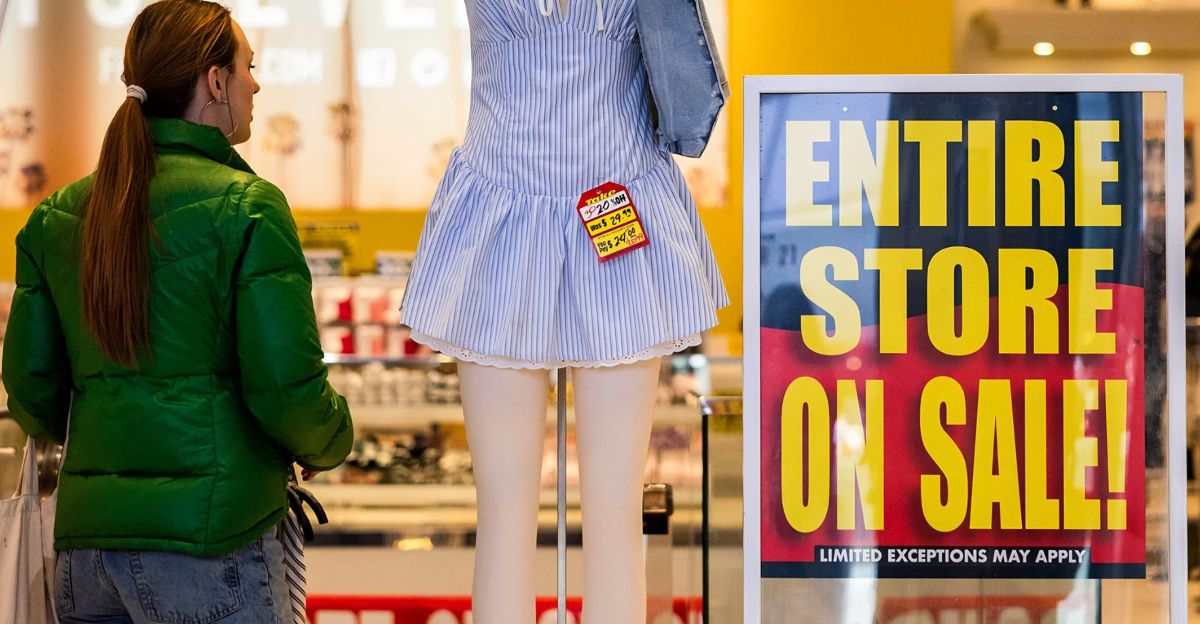
One of fashion’s biggest names has made a decision no one saw coming. The brand, which was previously spotted on large runways and in large campaigns, just revealed that it will be closing for good.
While money issues are far from new to retail, this isn’t a turnaround effort — this is complete liquidation. There is no comeback collection or revival on the cards. What prompted the move? And why now? Let’s get backstage and figure out what actually went wrong.
A New Kind of Fashion Player
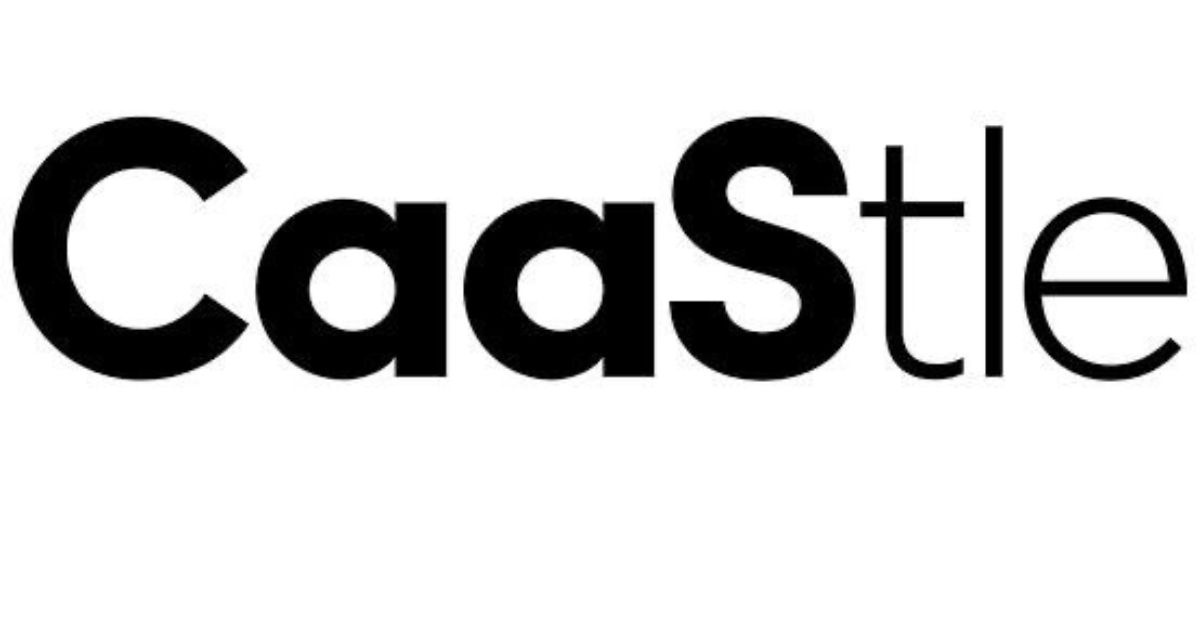
The business here is CaaStle, the innovative fashion rental company that revolutionized the way brands provided clothing. Rather than selling to consumers directly, CaaStle provided rental services for large brands such as Express, Banana Republic, and more.
The “clothing-as-a-service” model could alter consumer shopping habits and provide customers with flexibility without the commitment of purchasing new items outright.
How CaaStle Worked

CaaStle permitted partner brands to offer rental programs without developing the logistics in-house. Consumers could rent apparel for a monthly subscription, wear it, and then return it or purchase it at a discount.
The concept took advantage of growing demand for sustainability and subscription services, and it expanded quickly in its initial several years as more consumers adopted new methods of trying on fashion.
What Is Chapter 7 Bankruptcy?
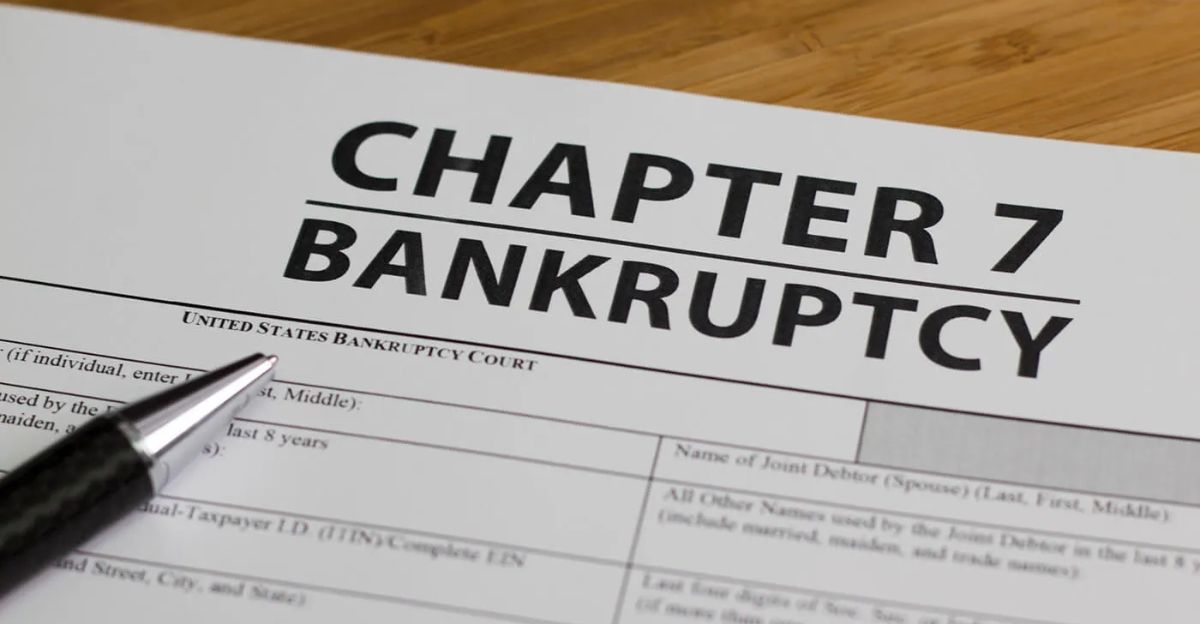
If a business declares Chapter 7 bankruptcy, it is a total shutdown rather than a reorganization. Business assets are liquidated to pay debts, and business operations grind to a permanent end.
For CaaStle, this would mean that all of the products in warehouses, computer equipment, and related assets would be auctioned off. Once started, there could be no reversal for the business.
An Encouraging Beginning

CaaStle debuted with a new concept at a moment when retail was starving for innovation. Its association with big-name brands provided credibility and visibility.
Many people in the industry thought rental services were going to be a huge moneymaker. Customers loved the ability to try additional styles without commitment at full price, and CaaStle appeared to be on a wave of positive momentum.
Early Warning Signs
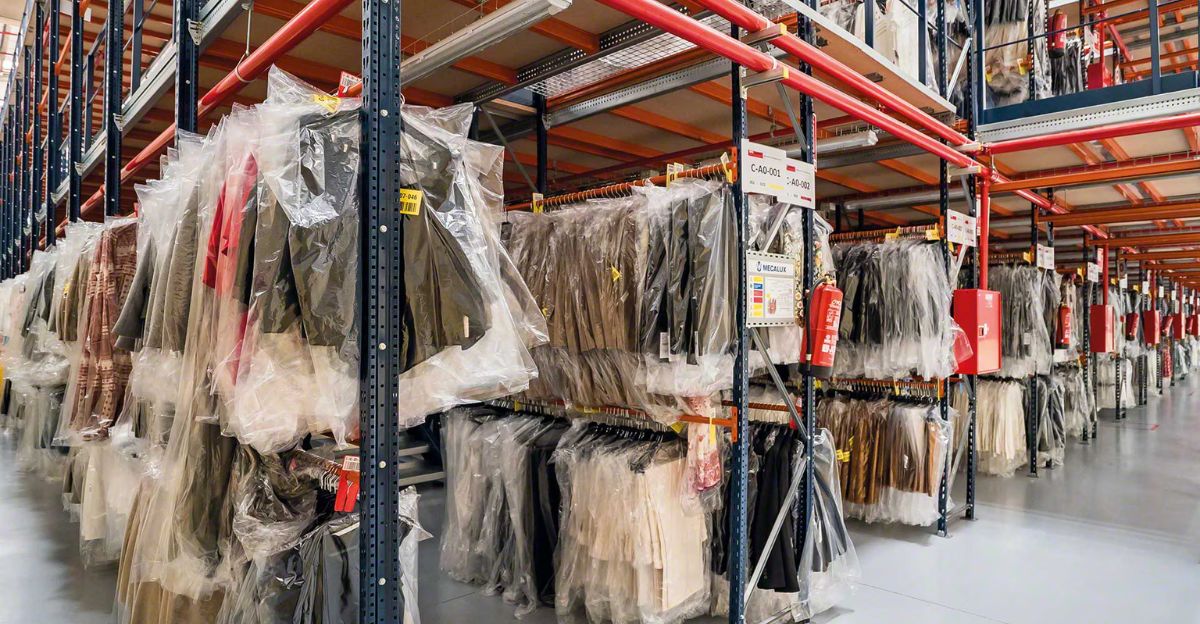
As time went on, CaaStle was confronted with increasing costs and operational issues. Logistics, warehousing, and cleaning apparel between rentals were massive expenses. Competition also grew, and post-pandemic consumer shopping habits shifted once again.
The analysts in the sector began to notice smaller revenue growth and increasingly burdensome debt obligations. The initial promise began to reveal cracks, even if they were not yet apparent to the public.
The Sudden Filing
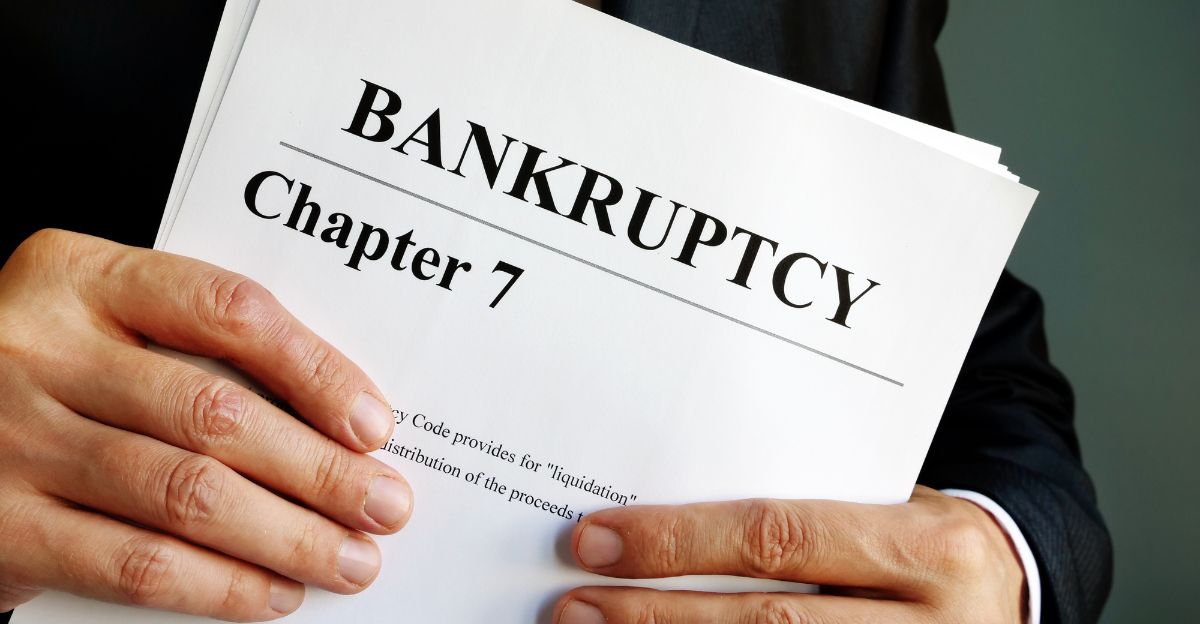
CaaStle formally declared Chapter 7 bankruptcy on June 22, 2025. Court documents revealed astronomical debts and no funds to proceed.
In contrast to Chapter 11, designed to rescue or restructure the business, Chapter 7 clearly indicated there was no revival plan. To most, it came as a shock considering the brand’s partnerships and promising beginning.
Immediate Impact

In the wake of the filing, CaaStle’s partner programs ended, and its warehouse operations began shutting down.
Workers were informed they would be let go, and brand partners had to figure out how they would handle customer subscriptions.
Customers who used the rental service were left in the dark about their returns or pending orders. The shutdown ended a model that several believed would be retail’s future.
Reaction in Fashion Circles
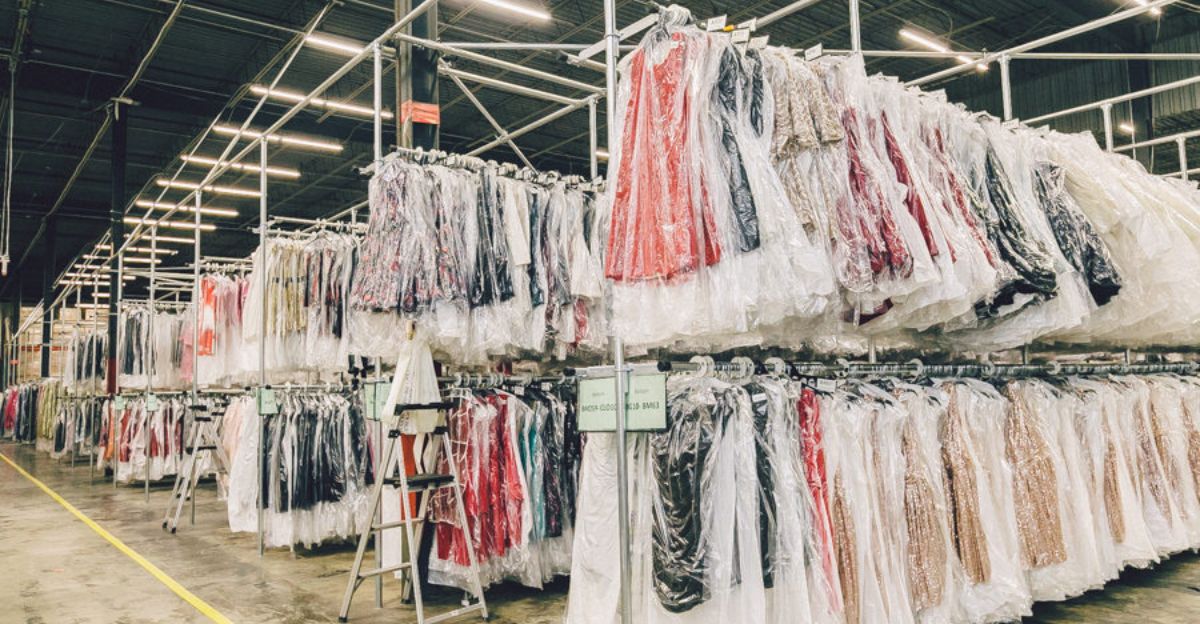
CaaStle’s collapse underscored the dangers of complicated business models. Even brands with good ideas and large partners aren’t secure without diligent cash flow and evolving strategies.
The news was rapidly shared throughout the business as a warning signal to other startups and retail trials.
What Happens to the Clothes?
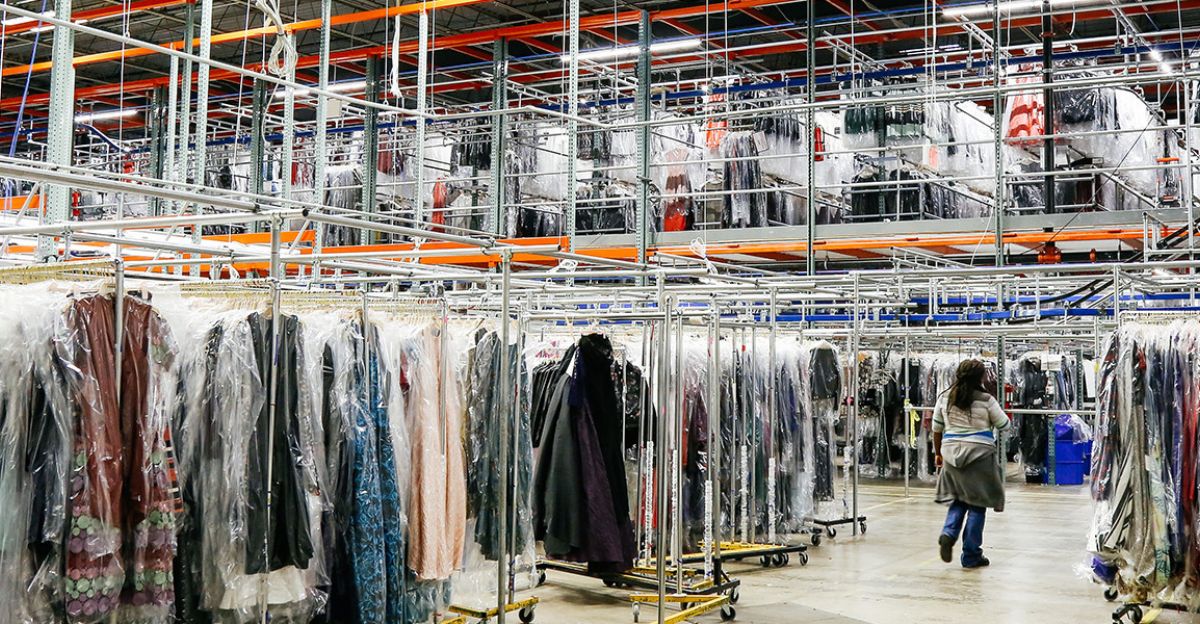
CaaStle’s inventory of clothing will be liquidated to realize value for creditors. Some of the merchandise will find its way to discount channels, resale sites, or clearance warehouses.
For those who liked the rental model, this is an opportunity to buy items at a discount, but it also marks the end of a service that used to provide unlimited wardrobe changes without the heavy upfront investment.
The Human Cost

It impacted hundreds of employees, from warehouse staff to logistics planners and corporate personnel. Some were not offered severance and now face uncertain futures.
The closure also affects brand partners’ own employees who assisted in coordinating the rental programs. The consequences of bankruptcy are far from faceless: they have a serious human cost.
Lessons for Retailers

The fate of CaaStle serves a warning to brands to operating within the fashion industry at a similar capacity to balance innovation and fiscal conservatism.
New models can generate buzz and yet fail if operations become too expensive or if consumers change habits quicker than anticipated.
Good tech, agile supply chains, and sound cash management are the mantras in today’s rapidly changing retail landscape.
The Future of Clothing Rentals

CaaStle’s failure calls into question the future of clothing rental overall. While some consumers love the flexibility and sustainability angle, it’s challenging to scale rental offerings in a way that’s profitable.
Small, niche rental operations may endure, but larger endeavors may need new models or technological breakthroughs to truly succeed long term.
Pondering CaaStle

CaaStle began with great expectations and high-level partnerships. It played a role in bringing rental fashion into the mainstream discourse and provided customers with a novel approach to fashion.
Its collapse serves to remind us that even good ideas can fall apart in the absence of sound financial support.